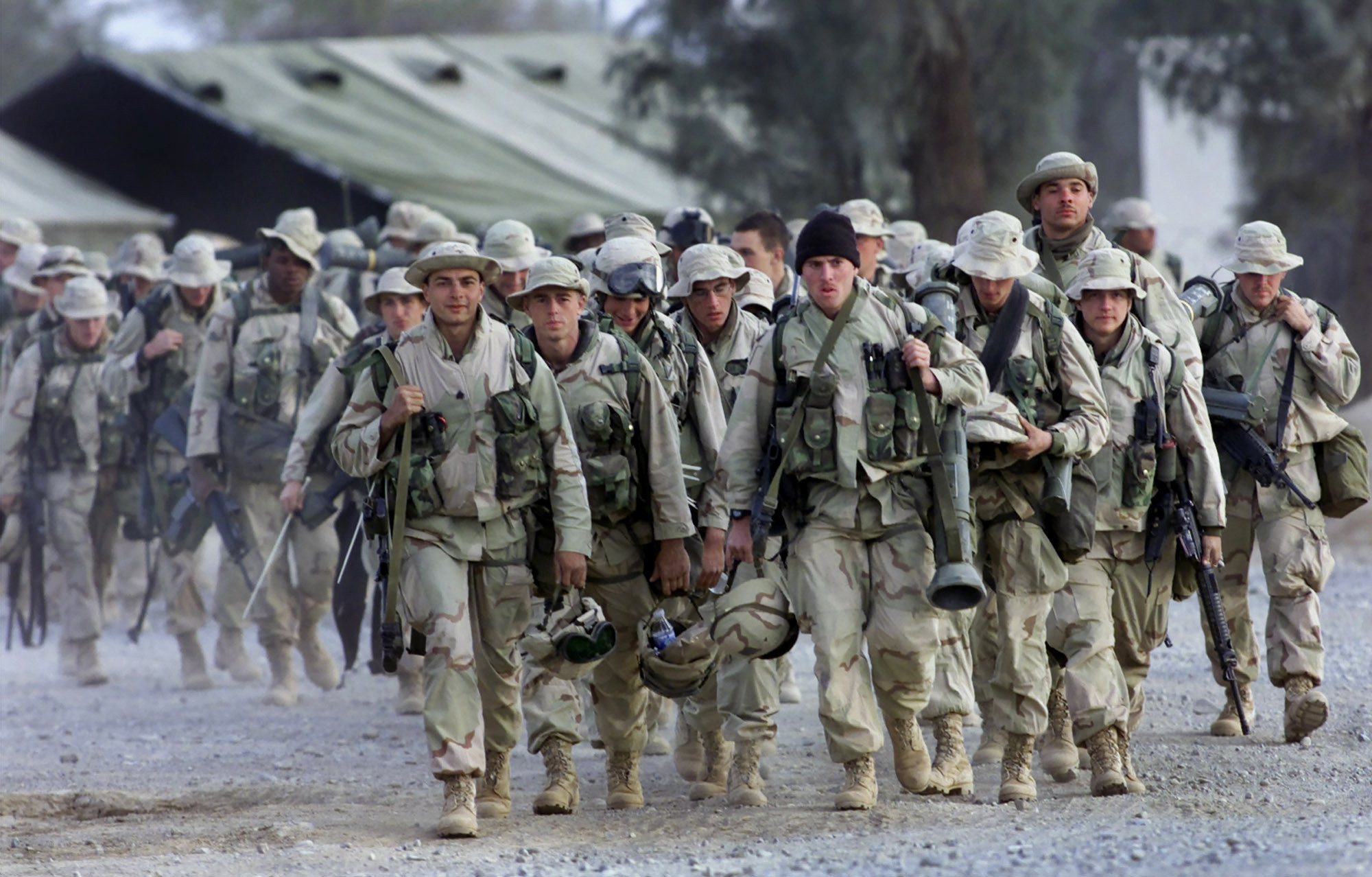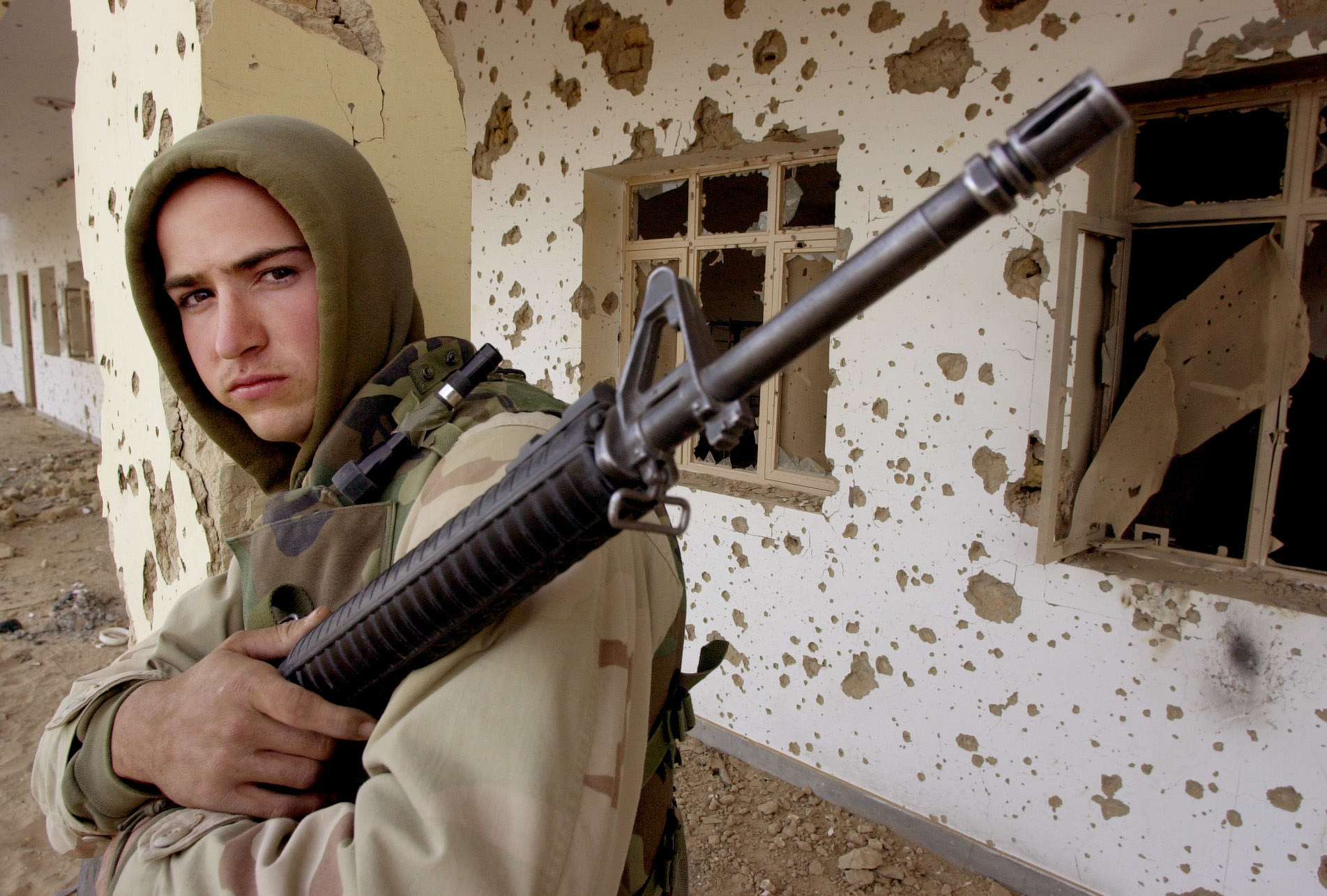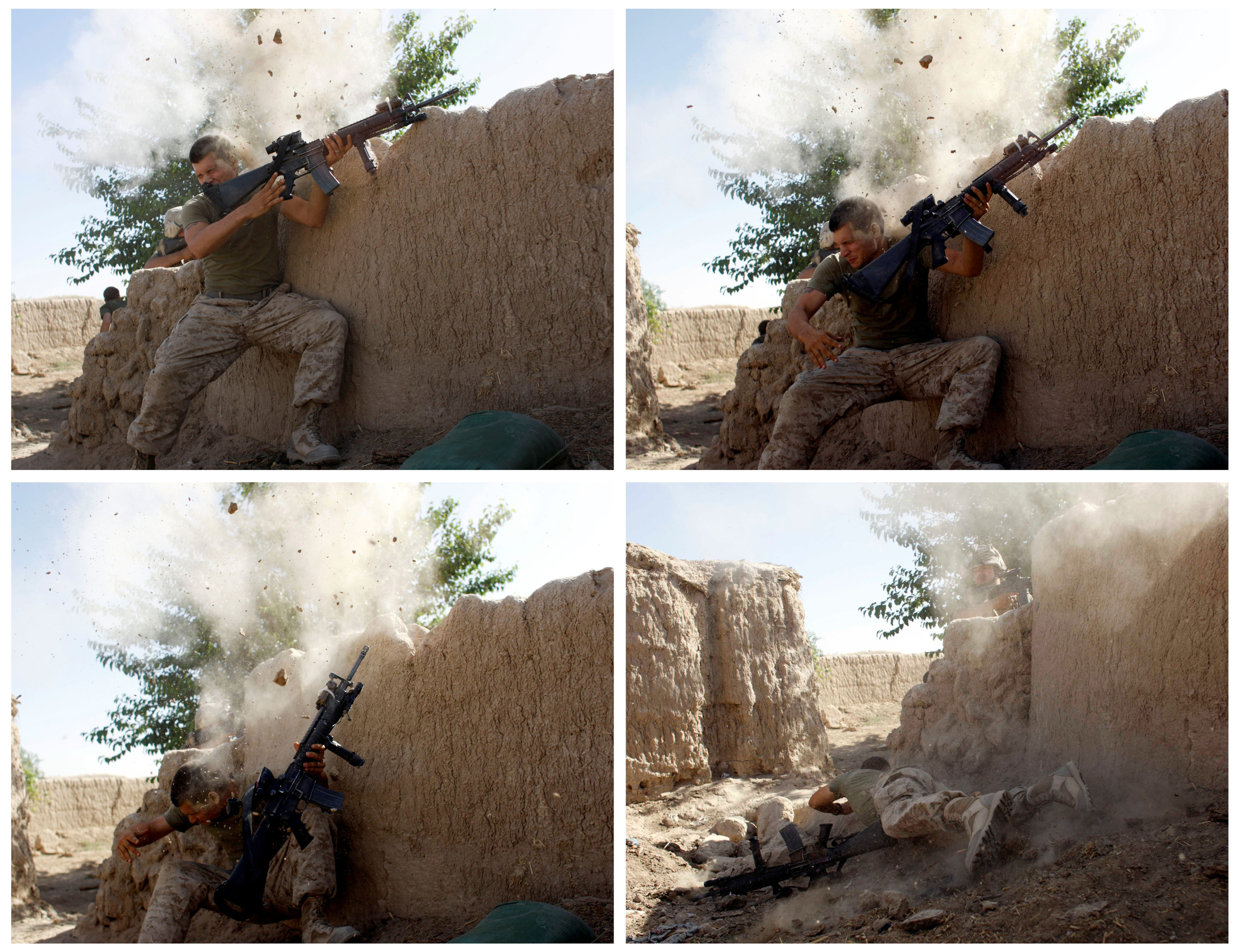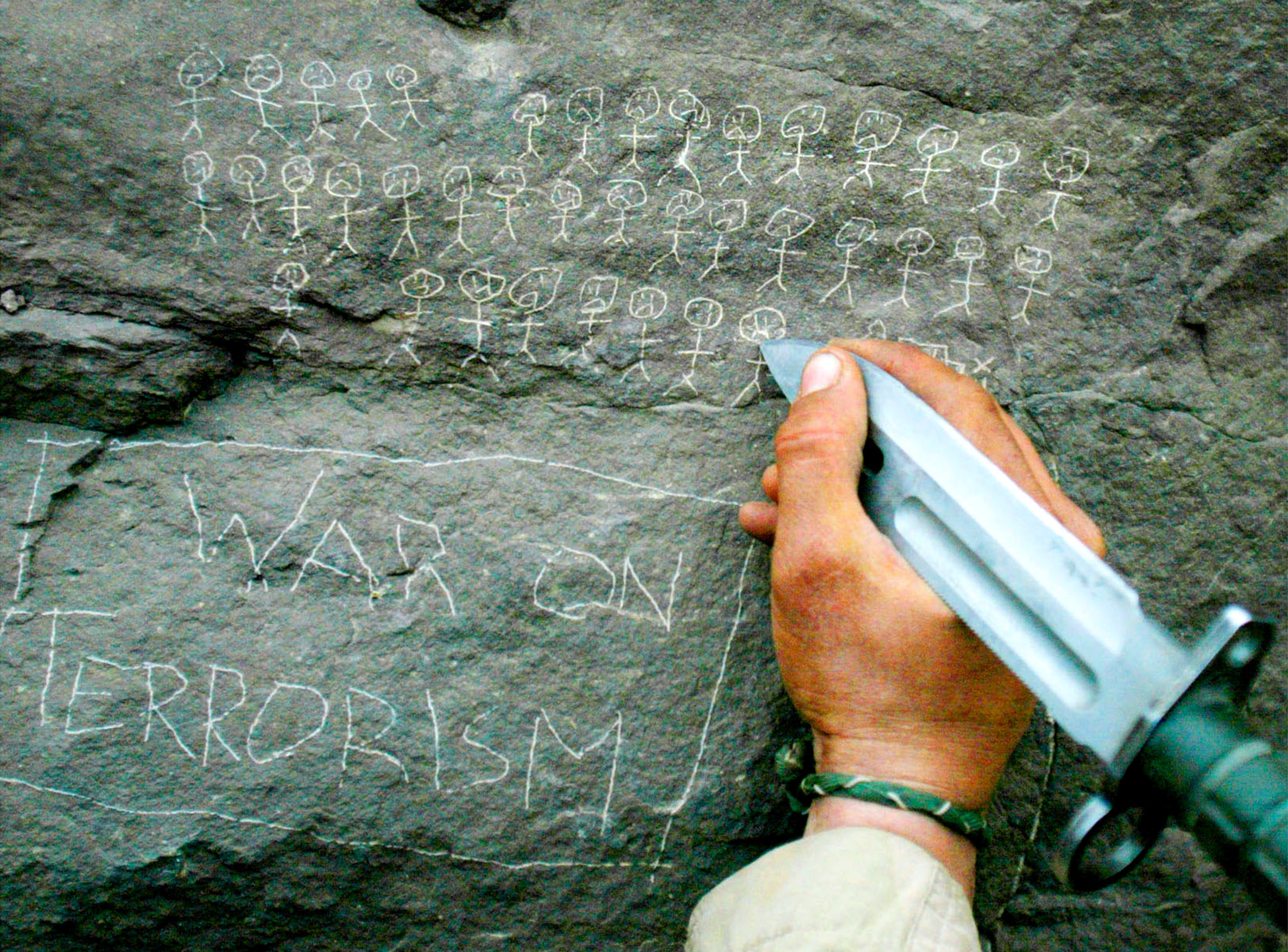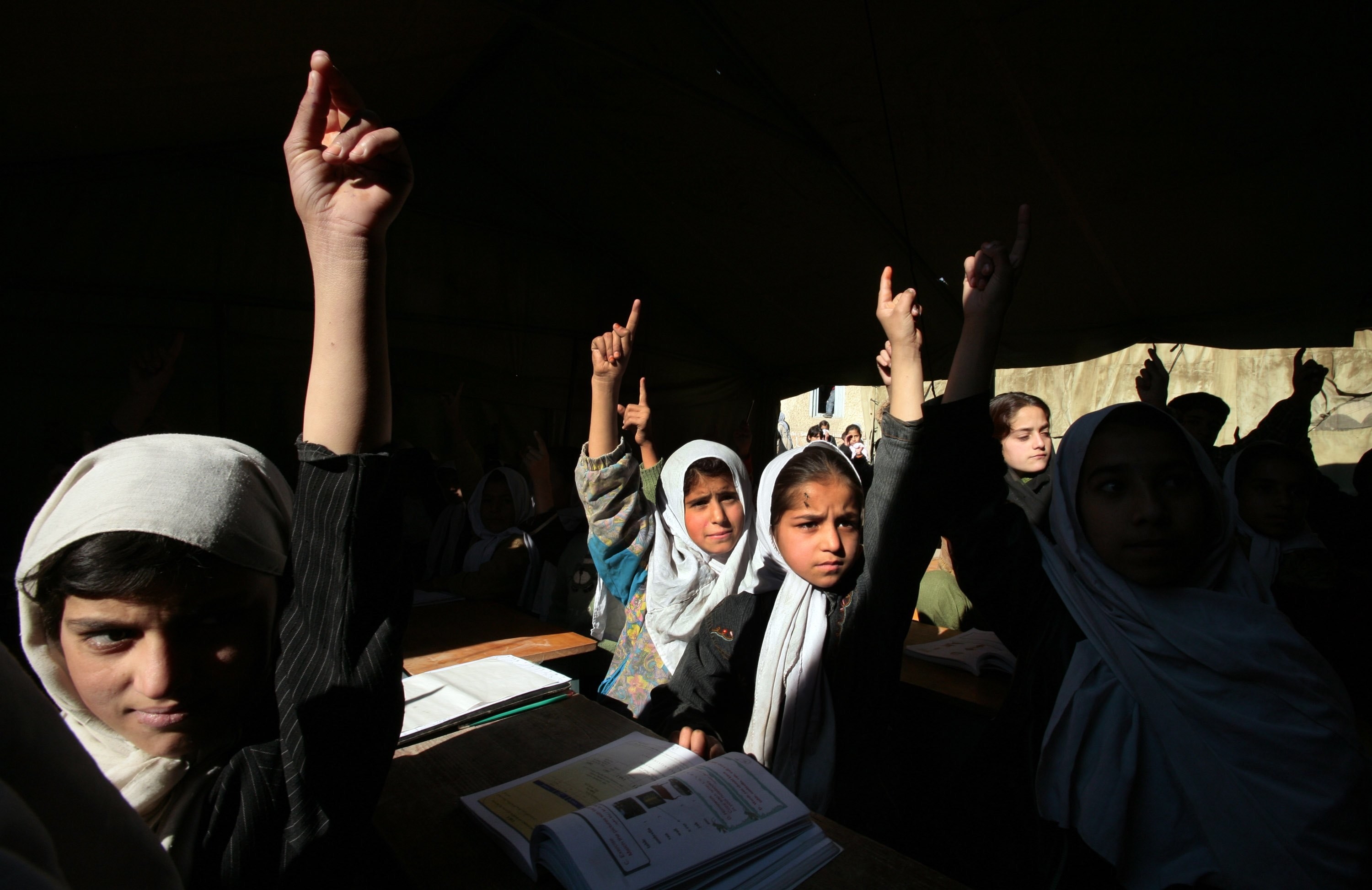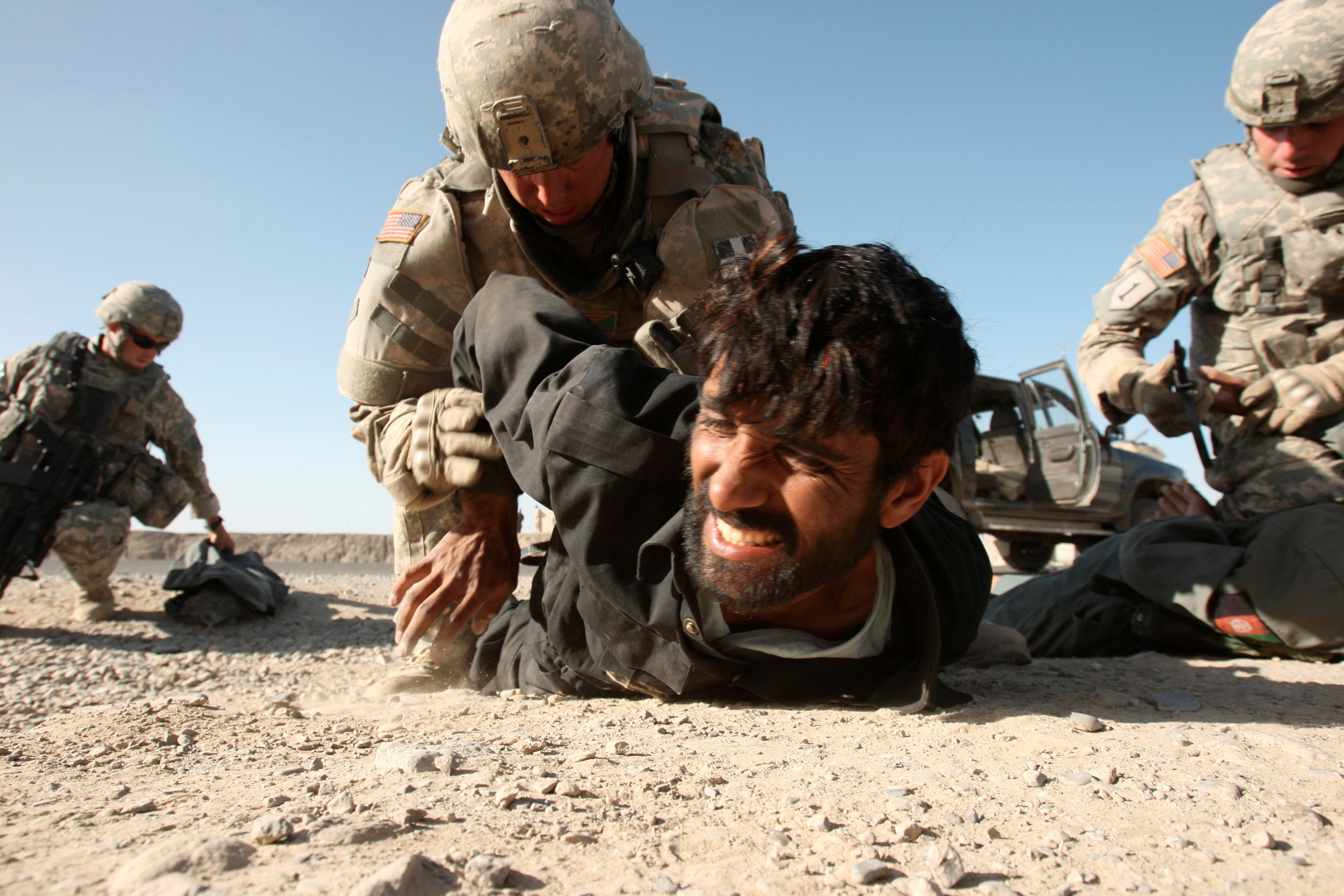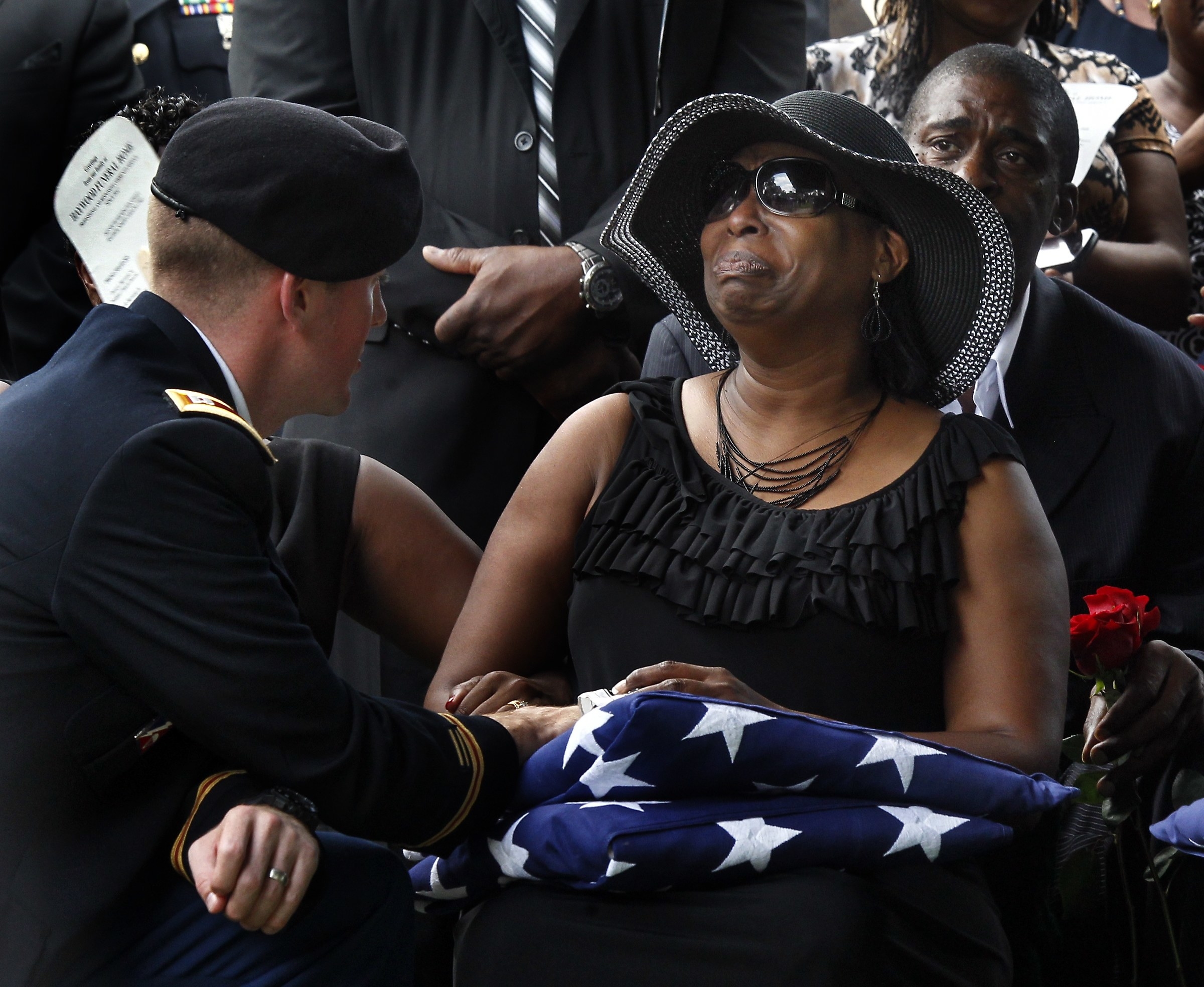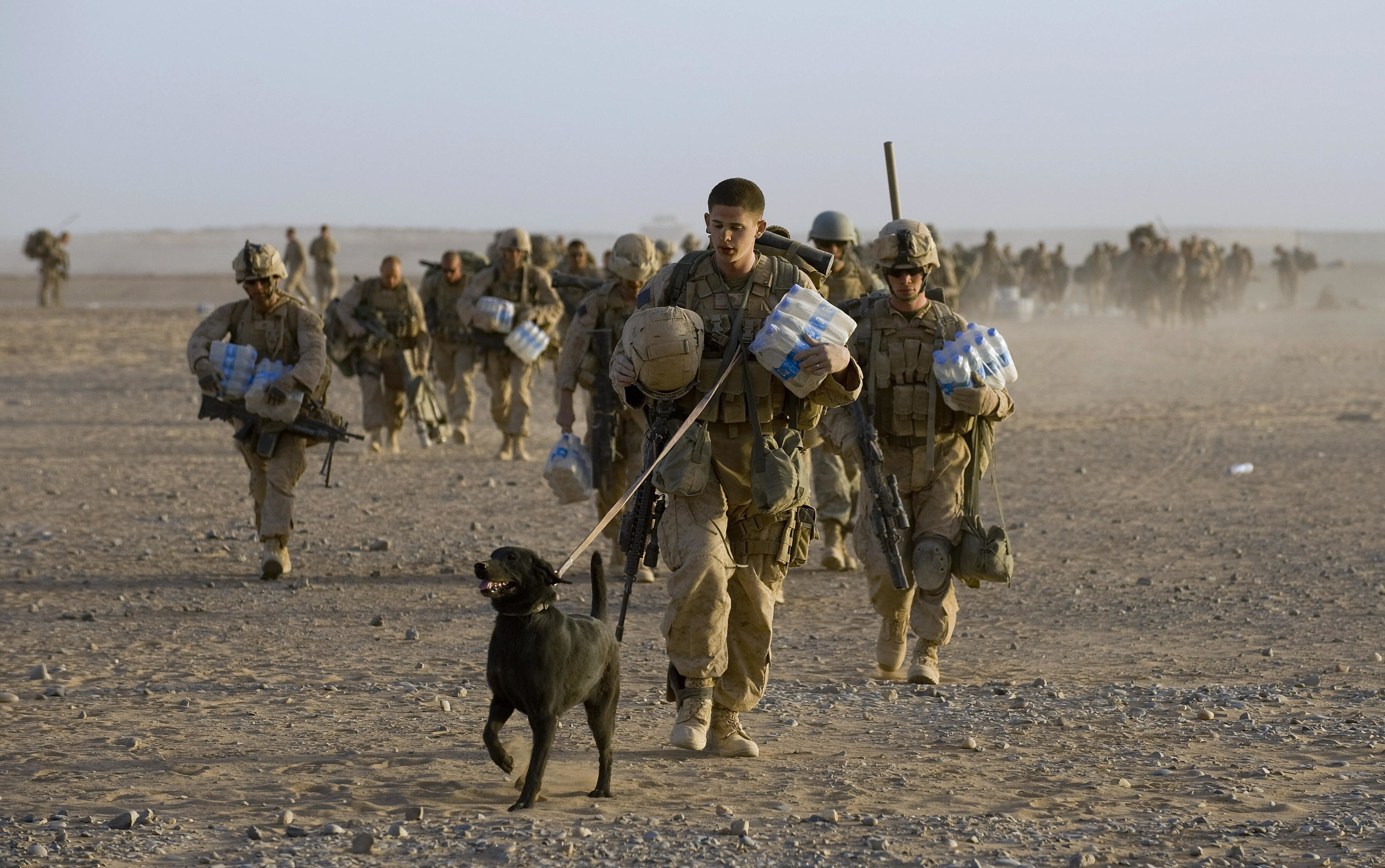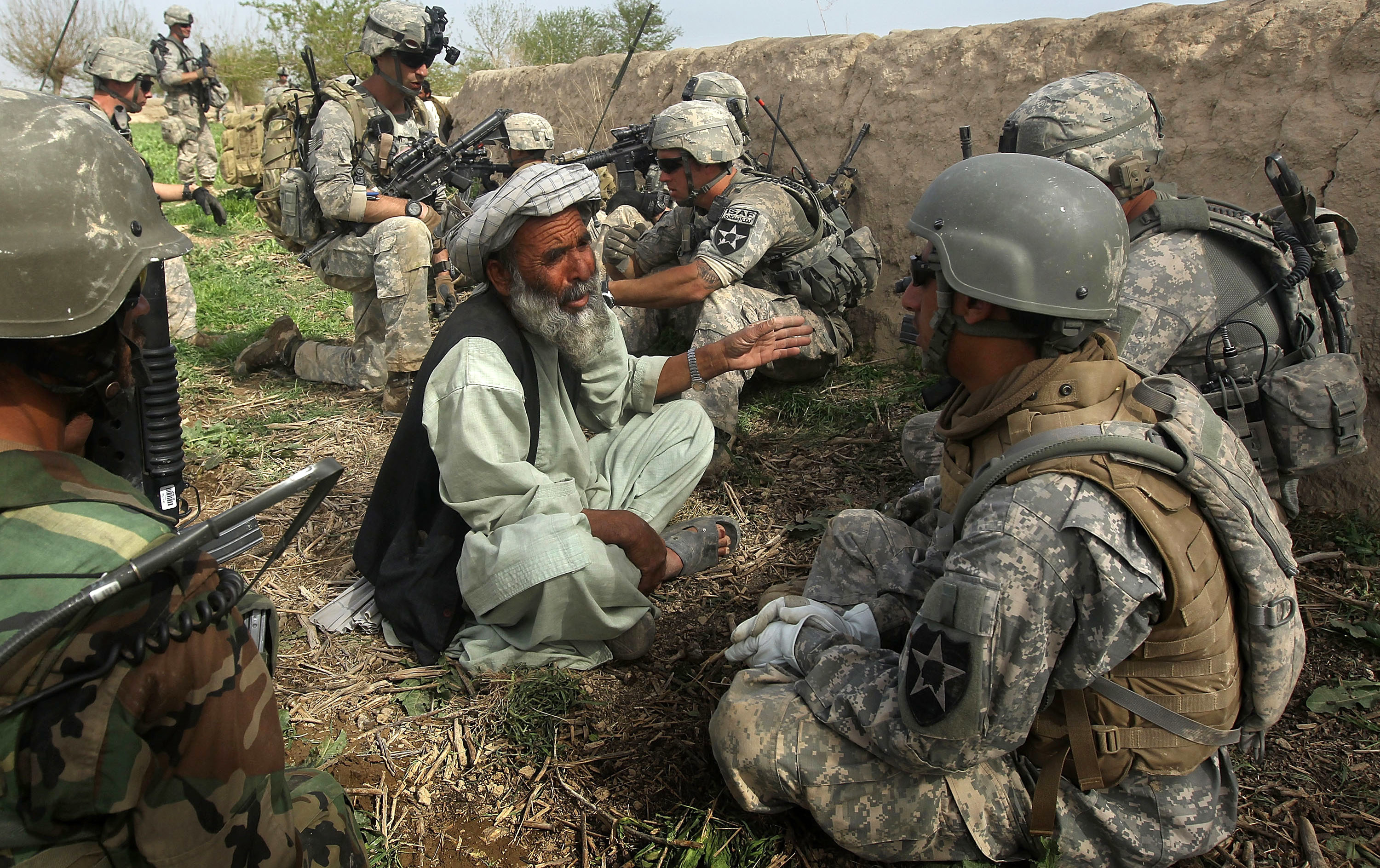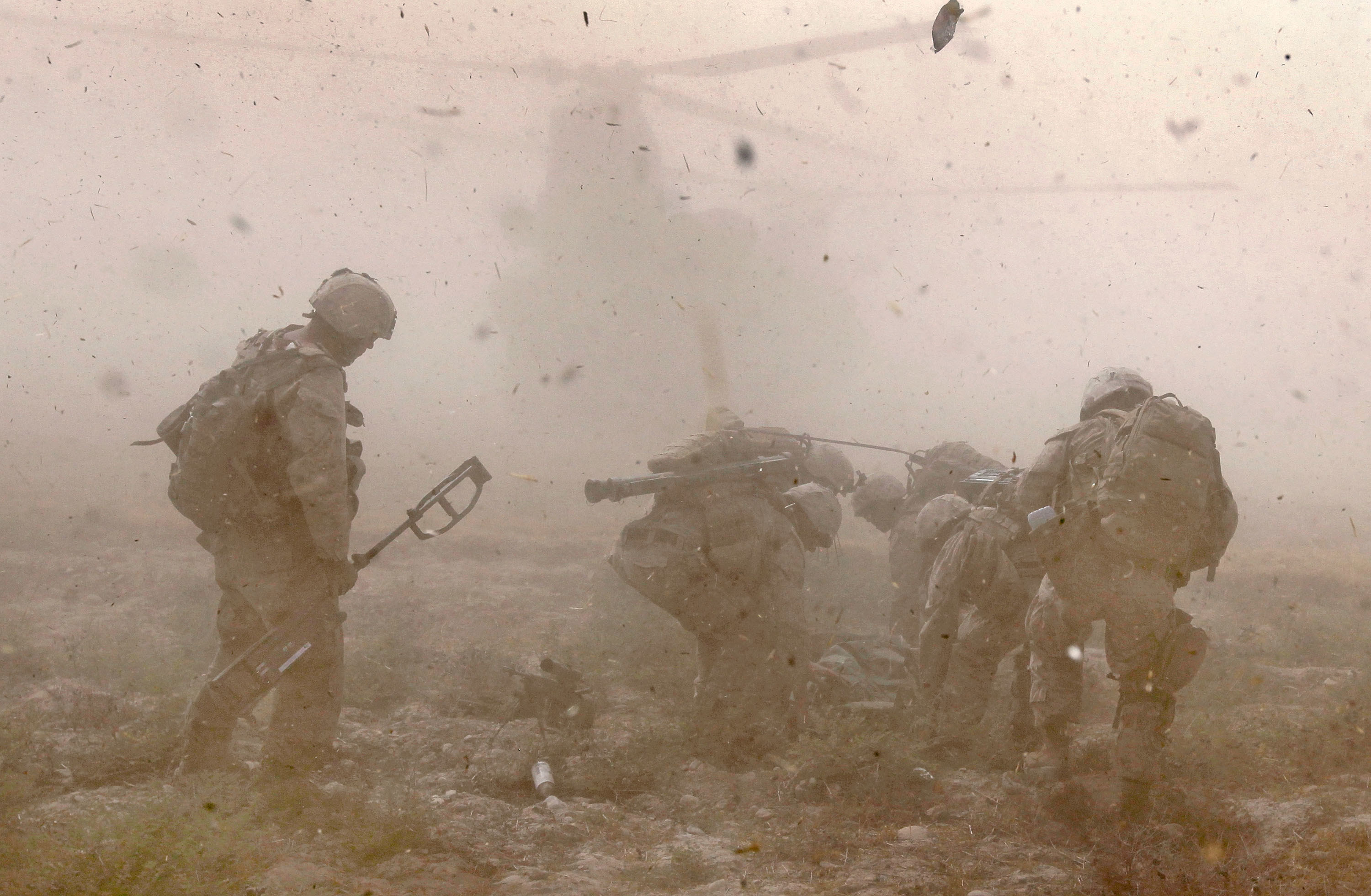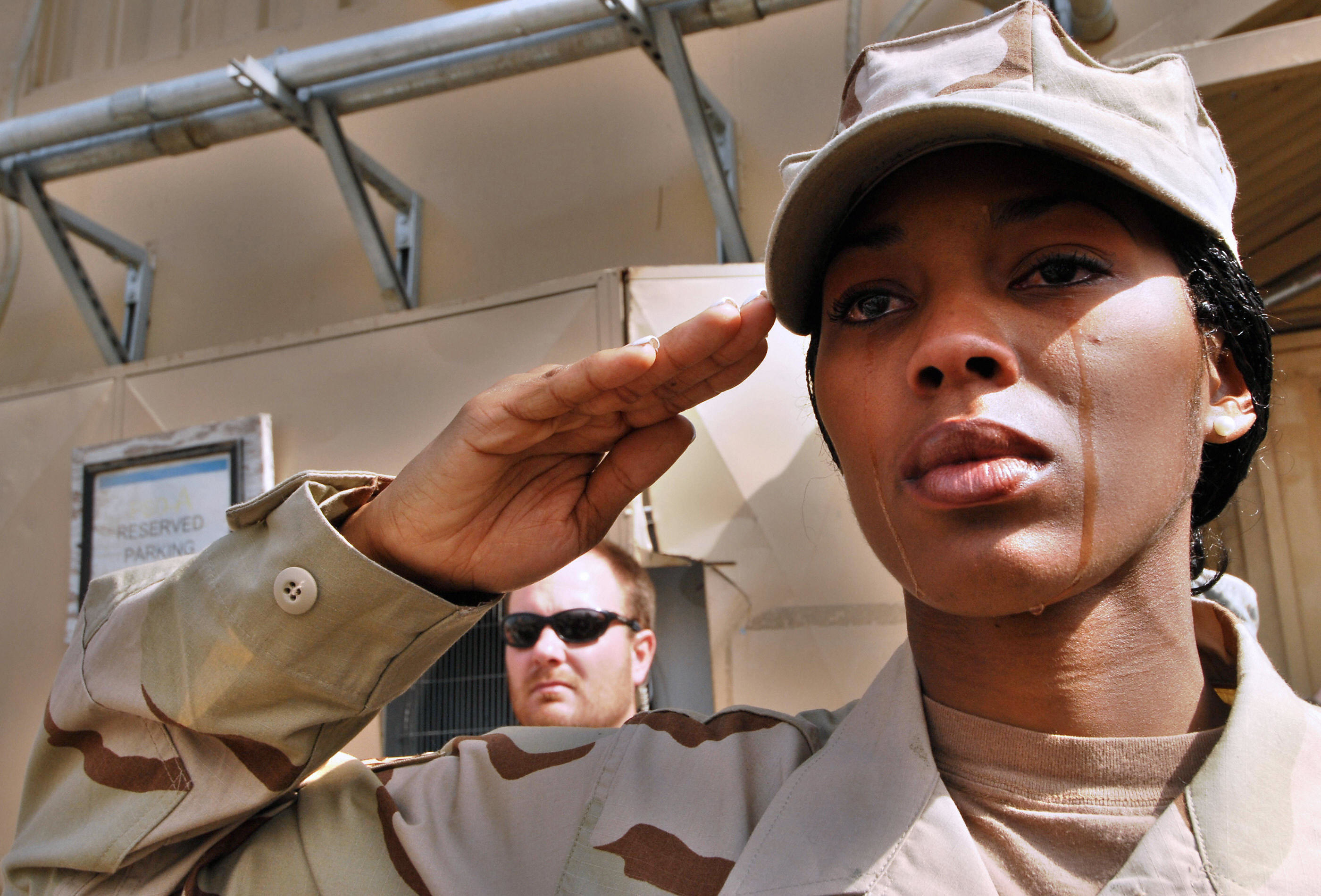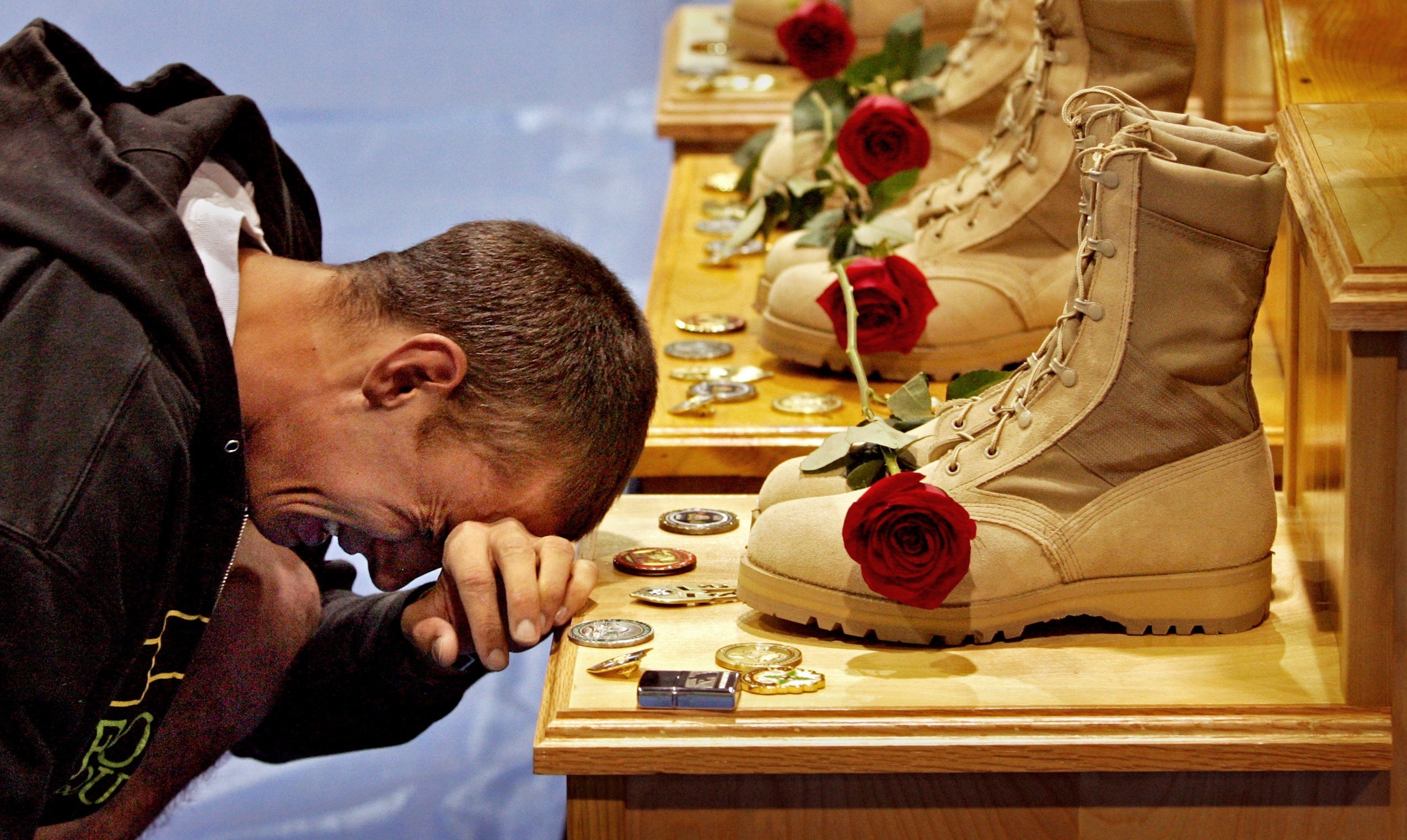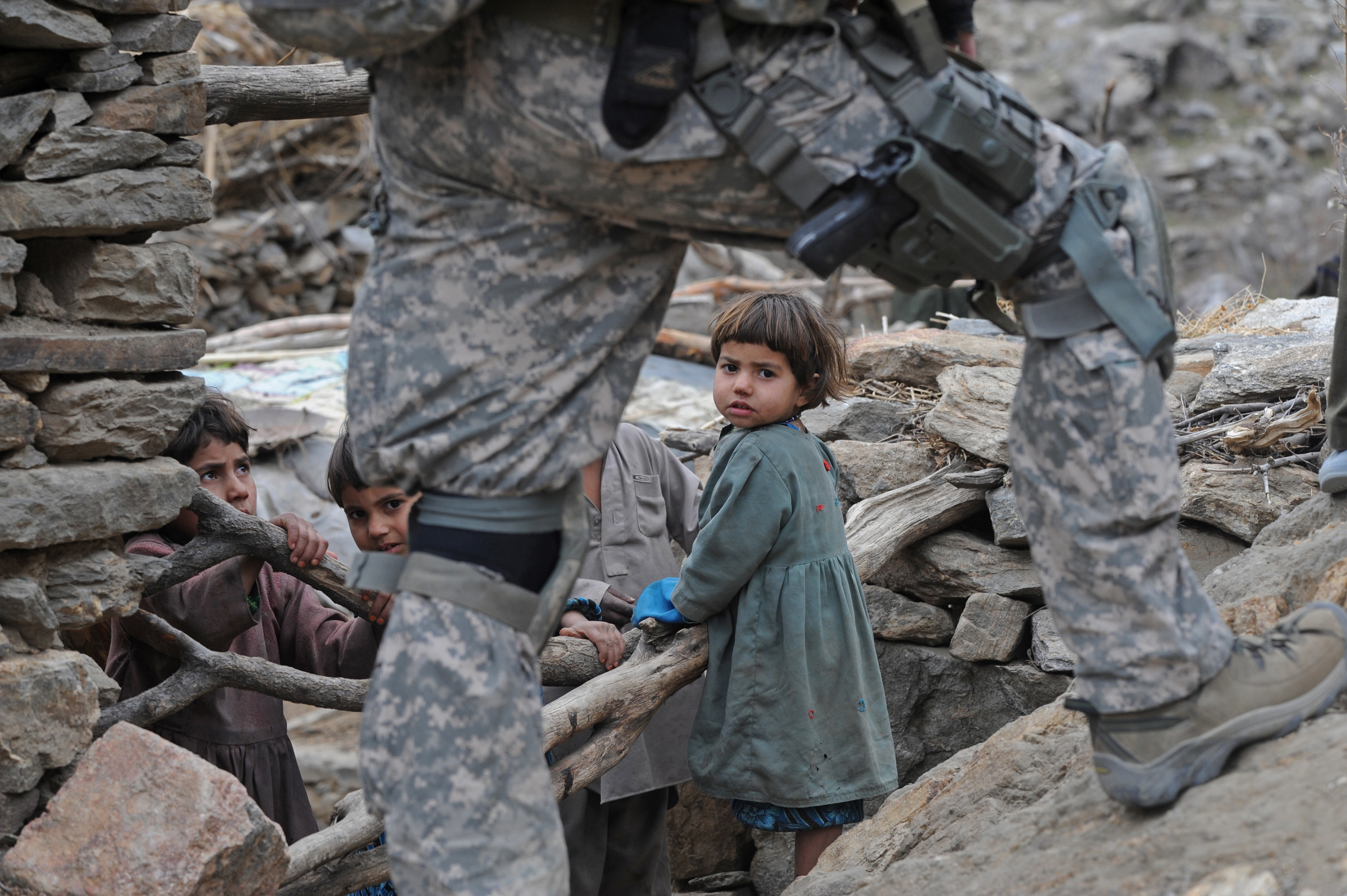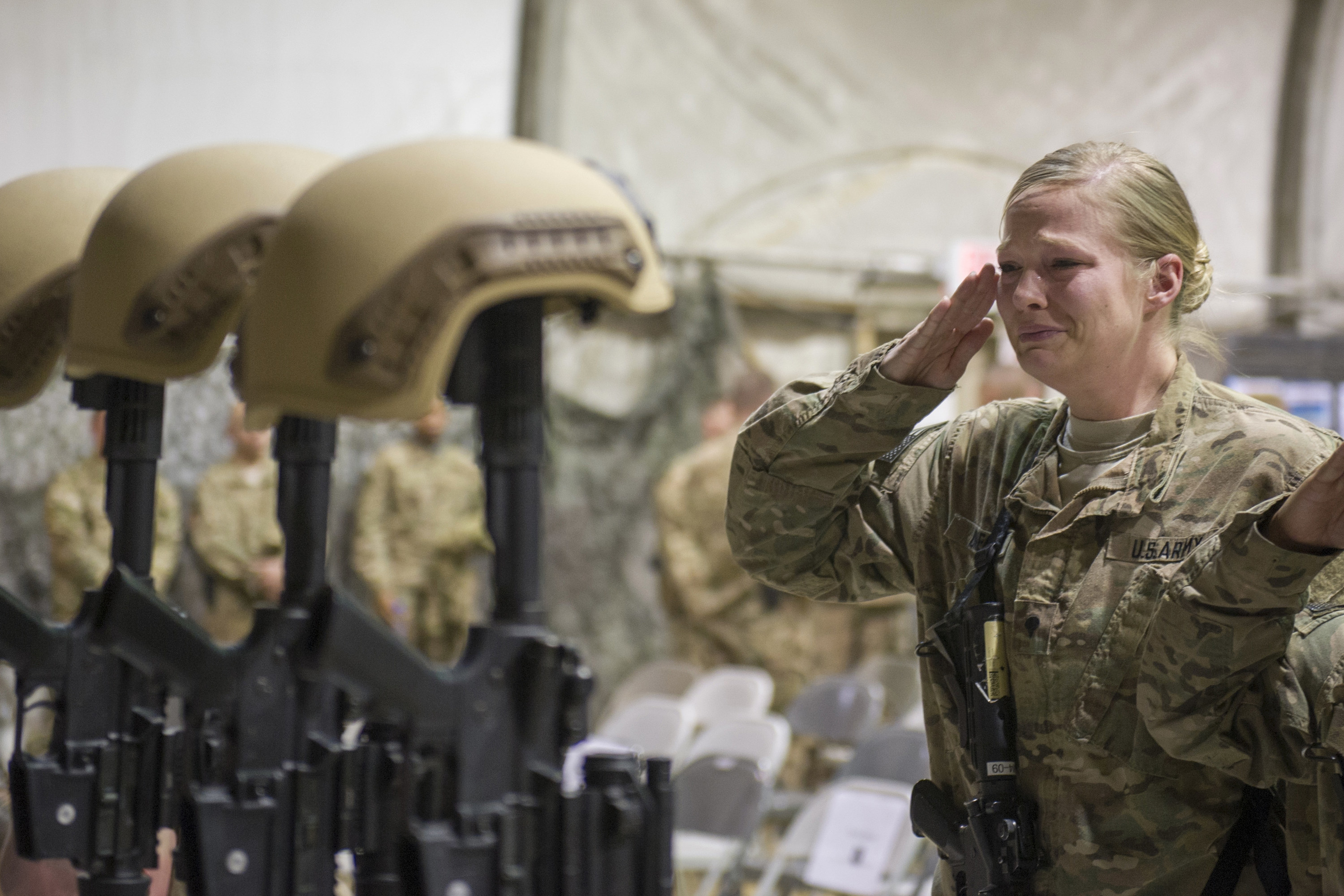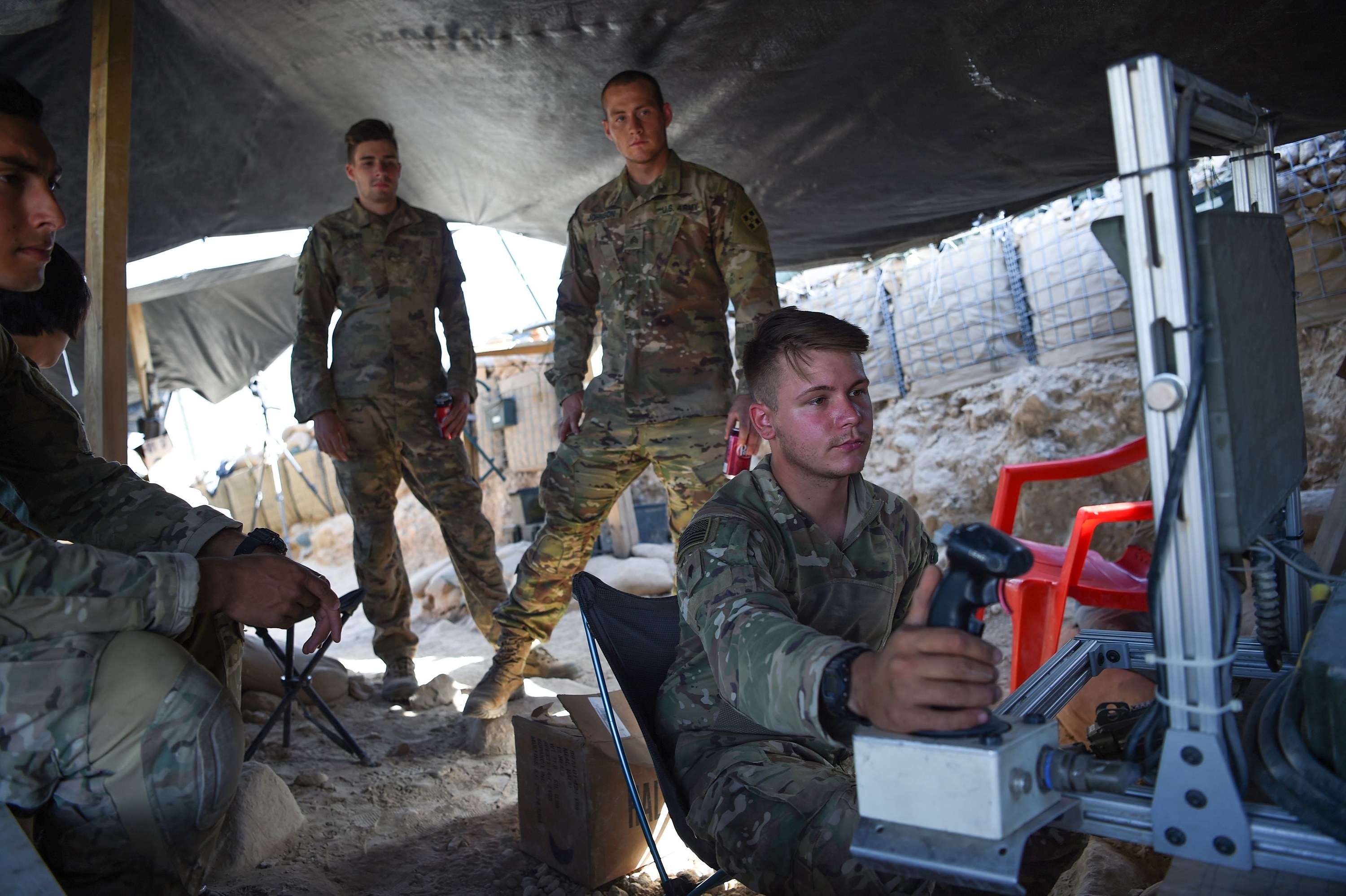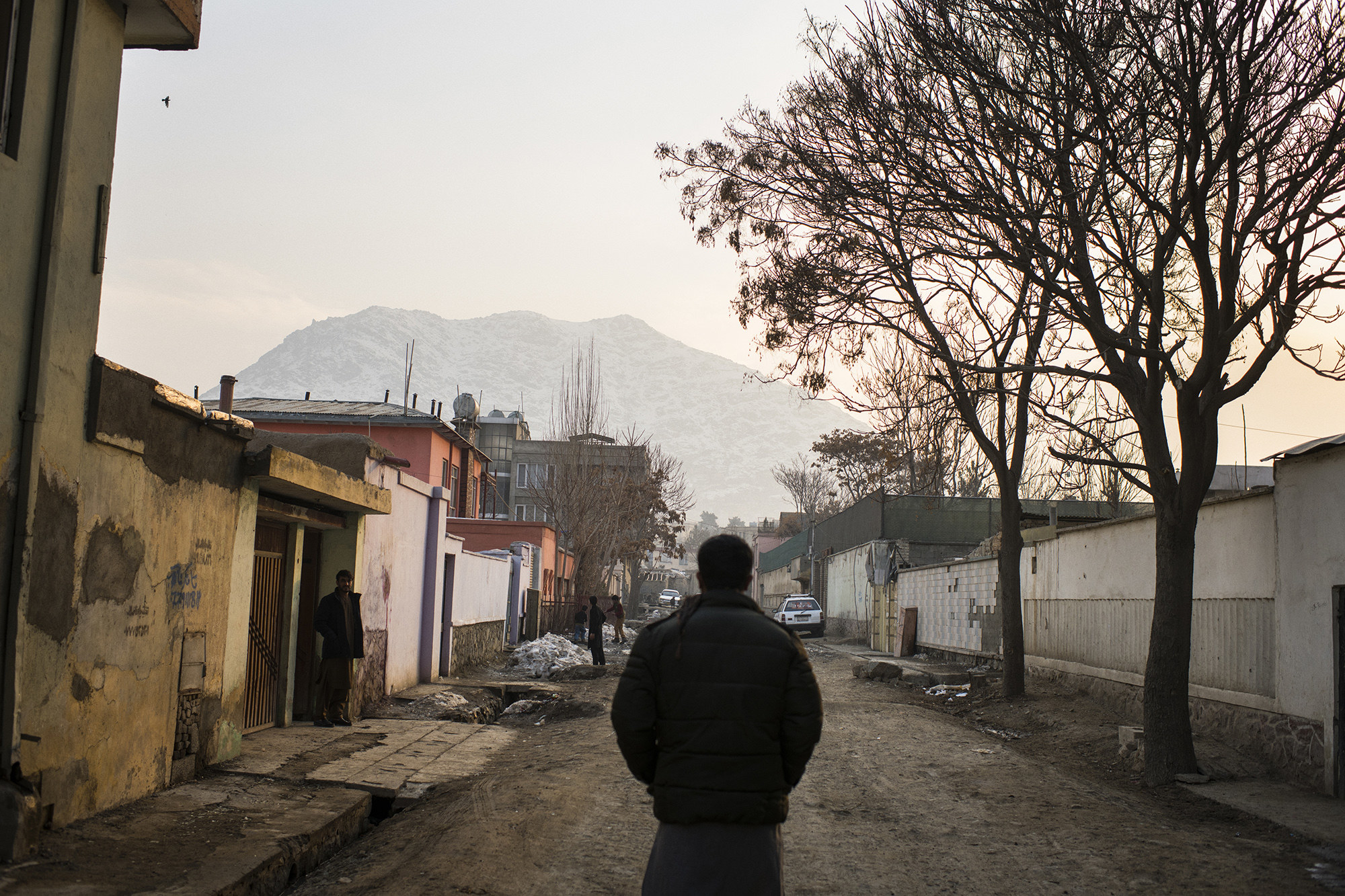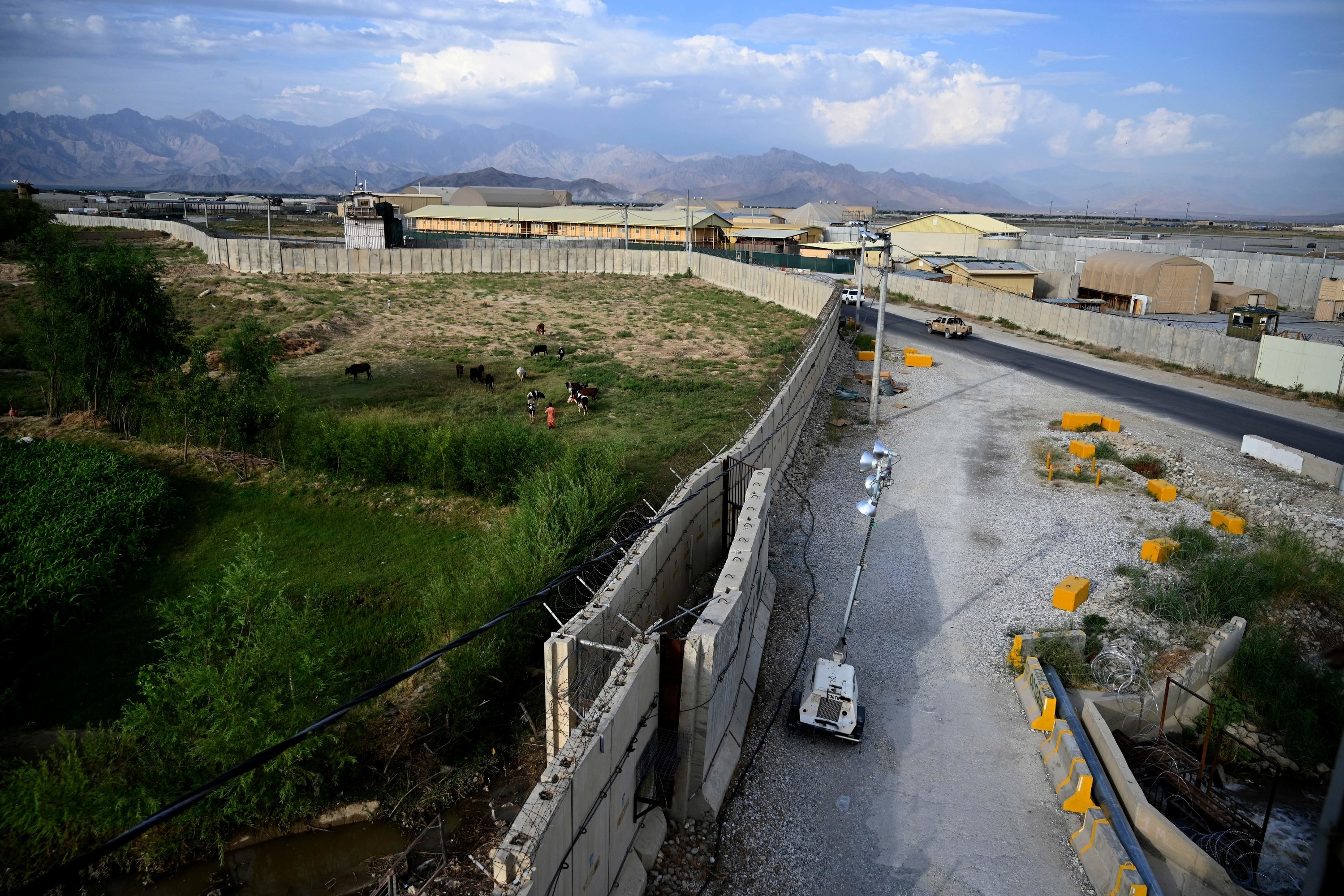
We've known for a long time that the Afghanistan War was not going to end with a triumphant victory. Last week, US troops formally left Bagram Airfield with little fanfare. President Joe Biden has said the US’s military mission will end by Aug. 31, something of an anticlimactic end to a war that has lasted almost 20 years.
For Afghans, the conflict is ongoing. Thousands have left the country already, and the departure of US and allied forces, while anticipated, has undermined the slim sense of security that people felt. The country has been slowly sliding toward civil war for months now, if not years. The Taliban, the enemy the West originally set out to defeat, is also poised to reclaim power in many areas outside the capital of Kabul, where the mood is anxious.
"I think this is in many ways the worst possible outcome that would have been visualized during those peace talks leading up to Doha — that the US is withdrawing, but without an end to the war that is continuing in Afghanistan between the two sides there," Madiha Afzal, a David M. Rubenstein fellow for foreign policy at Brookings Institution, told BuzzFeed News, referring to the ongoing peace talks between the Afghan government and the Taliban in Qatar. In a recent speech, Biden defended the departure and accelerated the timeline. All but a few hundred troops are expected to withdraw by the end of August, well before the Sept. 11 deadline he initially set earlier this year.
The photos taken during the war in Afghanistan never told the full story — the US military got wise to the fact that telling the truth tended to raise questions (and opposition) back home after the Vietnam War. They clamped down on overall access and, at times, outright banned many types of images that were common in earlier eras, such as injured soldiers or returning caskets. The early years of the war were also shrouded in both secrecy and a sense of entitlement after the Sept. 11 attacks, which warped the sense of truth that was reported back home.
This limited access caused a curious flattening of the coverage in Afghanistan — it was harder to understand what was happening there beyond basic patrols. This meant in the US it became easier to ignore, even as the war spanned four presidencies, killed over 70,000 Afghan people and 2,400 Americans, and caused over 20,000 US casualties and untold numbers of Afghan citizens to flee, all at an average cost of $3 billion per month, according to the Pentagon.
After Osama bin Laden was killed in 2011 and the so-called green-on-blue attacks took place in the years that followed, the American public and members of Congress repeatedly posed one existential question: "Should we still be in Afghanistan?" A formal drawdown of troops started in 2014. Seven years later, we're almost fully out of Afghanistan. But big questions remain: Does this mean terrorism is defeated? What about all those girls who can finally go to school and participate in public life? All those kids who watched the soldiers, played with them, and were occasionally orphaned by them — what do they think now? And those same soldiers — so many of whom are barely old enough to legally drink, let alone practice nation building on the other side of the world — how are they doing? Was this worth it? What did we learn here? What will happen next?
